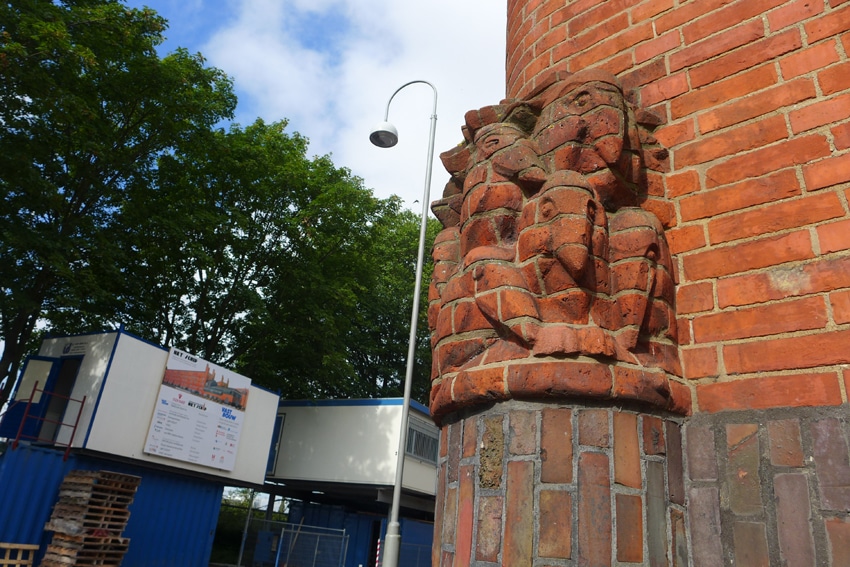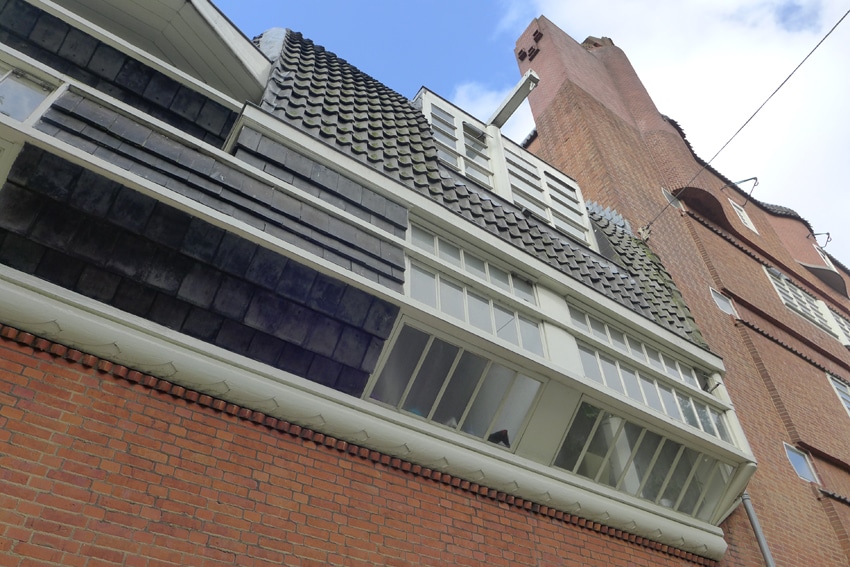'We are already working on the restoration of museum The Ship. But it still takes a lot to get the funding. That's something that could give you nightmares, though.' Museum director Ton Heijdra of Museum Het Schip exudes no stress at these words. He and his staff are driven by idealism.
The municipality of Amsterdam recently made an offer to The Ship, fuelling its entrepreneurial spirit. The building was built between 1914 and 1921 and resembles a ship in shape. It is one of the highlights of architect Michel de Klerk's work. Apart from the museum and 82 houses, the complex also housed a school. The latter has since moved to a new location. The municipality transferred the vacant space to Het Schip, i.e. to housing association Eigen Haard, which owns the museum. The condition was that it would turn it into a museum space. 'You have to invest and dare,' says Heijdra. 'You can wait until you have enough money coming in, but if you sit still, that also costs money.'
Rigorous approach
The museum took a rigorous approach. 'A lot needed to be done to the school and because it was also in need of restoration, Eigen Haard decided to take care of the entire building complex, including the 82 houses. The residents have already moved to temporary shelters elsewhere.'
Despite Heijdra still having to look for more subsidisers and sponsors, the rebuilding chatter is already sounding from the former school rooms.
'It is a leap of faith financially, but we are motivated. Our aim is to show that the city has pure art in its buildings by the architects of the Amsterdam School.'
Heijdra mentions one grantmaker that has already pledged a hefty financial contribution: $ 180,000. Dollars, indeed: 'The Getty Foundation in Los Angeles has a project called "Keeping it modern" that focuses on famous buildings from the 20th century. It provides grants for research into responsible restoration of these buildings.'
Such a grant is important for The Ship. 'On the one hand, we need to adapt the museum and housing to the demands of modern times, and on the other, we want to restore the building to its original state, i.e. as the work of art as De Klerk intended. Bringing those two things together is quite a challenge.'
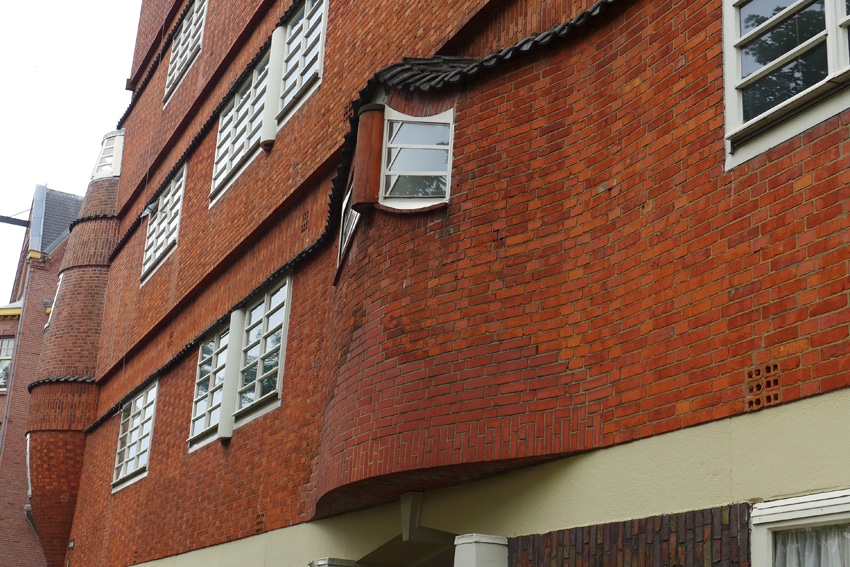
'In the 1970s, the building complex was refurbished. Back then, people did not restore as precisely as they do now. The original bricks were replaced in several places with new ones, which were of a completely different colour, substance and surface. This is very ugly. Research is now being done on how to make bricks that look just like the original ones chosen by De Klerk. One of the parties involved, Archivolt Architects, specialises in this. The roof tiles, which play a prominent role in this architecture, are also being carefully studied.'
An example of adaptation to modern building requirements is the window frames. 'That is now single glass and that draughts. Nowadays, we think sustainable and want to meet modern insulation requirements. Special monument glass has been developed for that.'
Different views
Different views circulate on building restoration. 'Some people think that you should not restore a building to its original state, but maintain it in such a way that the construction and renovation history remains visible in it. So then we should leave those bricks from the 1970s. I think that is nonsense for this building. We prefer to listen to what the architect has come up with. Different considerations are possible for other buildings. The building of rowing club De Hoop on the Amstel, for instance, also designed by De Klerk, was largely destroyed in the war. A modern building replaced it, but the remaining original elements were preserved. So you can see the history of the building there. I think that is a good choice.'
The new space of the former school will allow Museum Het Schip to show considerably more of The Amsterdam School than it has so far.

Post office
Apart from housing, it also included a post office with a very original interior. The current museum contains this post office space in its original state and a dwelling that is completely authentically decorated.

'The new space allows us to show the full breadth of the Amsterdam School. It's not just architecture, but also furniture, stained glass, biscuit tins, tableware, jewellery, book bindings. It is a style that permeates all daily life. For the wealthy, architects created interiors that did have some luxury in them. For the labourer, they designed a less luxurious, sturdier, more austere yet ornate version. The aim was to house the worker not only well, but also beautifully.'
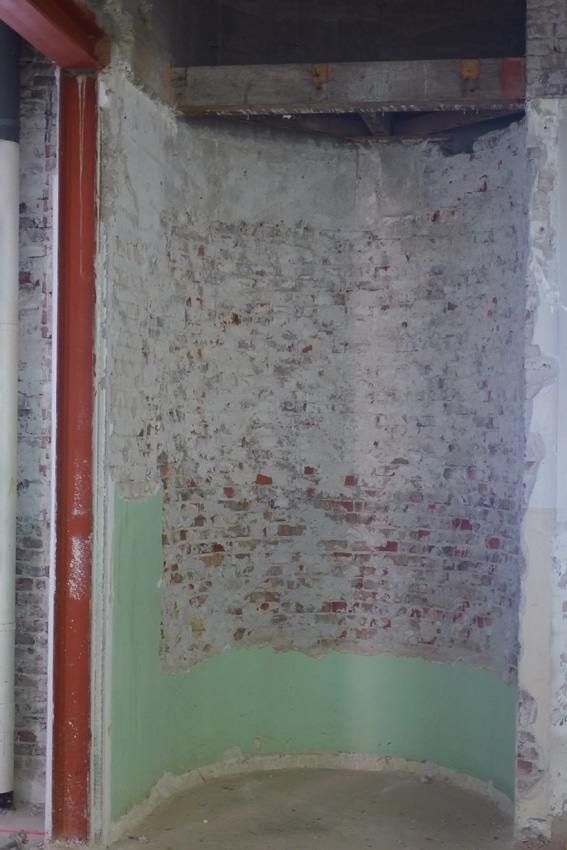
'The idea behind this has to do with the ideals that emerged in Europe around 1917. The Russian Revolution was a big inspiration. So it had something communist', but at the same time this movement was also liberal. After all, it was all private initiative, not state socialism. Workers could join it and actually had shares in these cooperatives. They were co-owners.'
In March 2016, the renovation will be finished. Good timing. It will be 100 years since architect Jan Gratama first used the term 'Amsterdam School'. This centenary is the occasion for various activities, in which the Stedelijk Museum also participates. There, from 9 April - 4 September, the exhibition Living in the Amsterdam School to see.
The Ship is celebrating the anniversary with special excursions along Amsterdam School buildings and the De Dageraad annex on Burgemeester Tellegenstraat will host an exhibition of work by Amsterdam School architects in Zuid. Heijdra: 'When you walk through a neighbourhood in the style of the Amsterdam School, you walk past art. We want to make people aware of that. Those buildings are works of art on the street.'
'Furthermore, we want to show that it is total art, that is, not only the facades, but also the interior. The rooms in Amsterdam School houses have a special spatial layout, which the architects took great care over. The prejudice has sometimes been expressed that the Amsterdam School created gabled houses, but that is a severe misrepresentation.'
'Over time, the Amsterdam School was criticised for being far too expensive. Critics thought it was a waste to spend money purely because something had to be beautiful as well as functional. In the end, that mentality prevailed. In the final phase of the Amsterdam School, the architects were forbidden to pay attention to the interiors on the grounds of cost savings, and they became standard layouts behind facades that were otherwise still characteristic of this architectural movement, but already much more austere than in De Klerk's heyday. The plans for Het Schip also had to be defended against the austerity mentality at the time. Alderman Wibaut stood firm for that. Thus, something was realised that Amsterdam can be proud of.'
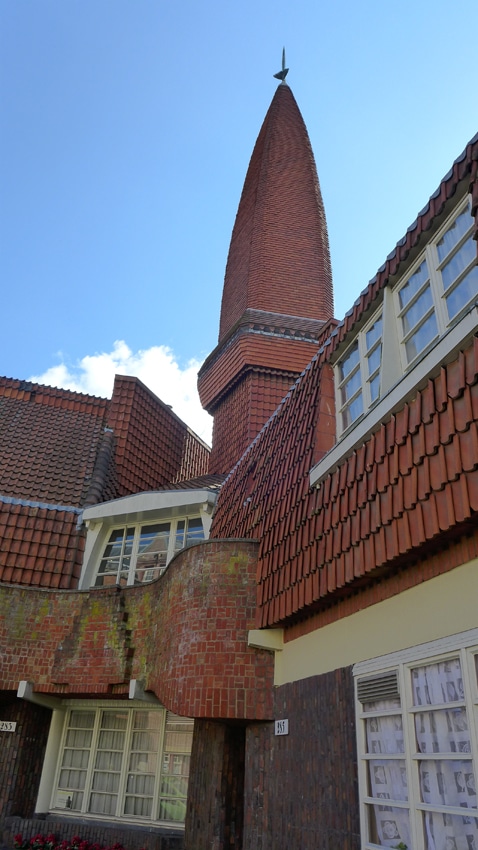
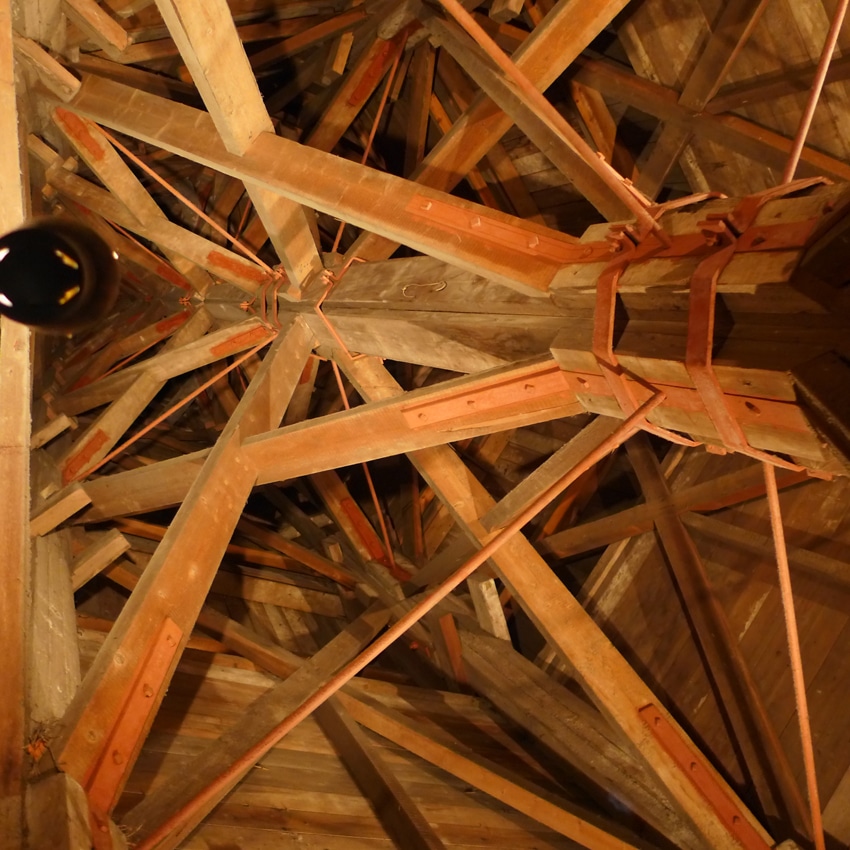
Photos: Maarten Baanders
The writer of this piece has in the past been involved in an exhibition at De Dageraad, annex of The Ship.
